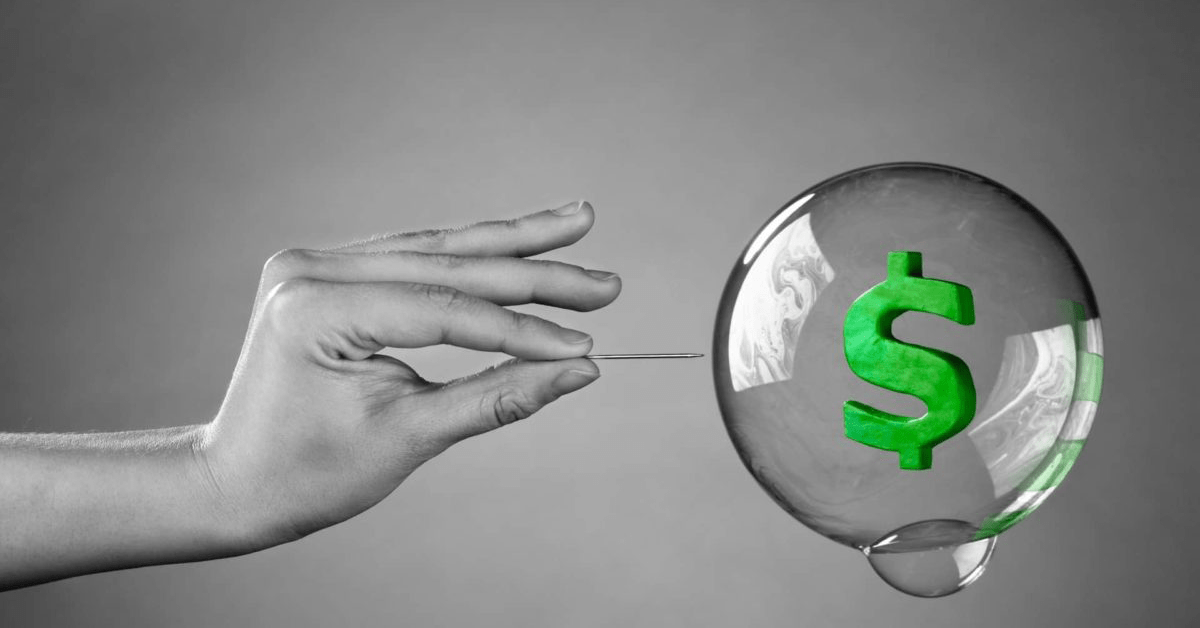Introduction


While most explanations focus on data, policy, or interest rates, the missing link is often something more human: our behaviour.
The Basics of Market Bubbles and Crashes
What defines a market bubble?
A market bubble happens when the price of an asset shoots far beyond its actual value. It often begins with a good idea—new tech, easy credit, or growth potential. But then, the story takes over. People stop questioning fundamentals.
If you’re unfamiliar with how investments should be assessed, check out our guide on how to evaluate investment opportunities.
How market crashes unfold
Crashes aren’t slow. They’re sharp, sudden reversals driven by panic and emotion. When confidence breaks, people rush to exit—selling before understanding what’s happening.
Investor Behaviour: The Fuel Behind the Fire
Herd mentality in the stock market
Read more about common mistakes in our article on why investment timing rarely works.
The illusion of certainty
A rising market can make investors believe they’re geniuses. They see price movement as proof of their ideas, not realising they’re just riding a wave.
FOMO (Fear of Missing Out)
Fear of missing the next big thing pushes people to invest in things they don’t understand. This is where greed and insecurity meet.
Explore the psychological side in our post on behavioural finance insights.
Cognitive Biases That Distort Market Thinking
Overconfidence bias
Investors often assume they’re more skilled than they are. This leads to reckless decisions, particularly in fast-moving markets like crypto.
Confirmation bias
We all seek comfort in being “right.” Investors read news that backs up their beliefs and ignore the rest.
Loss aversion and fear-driven decisions
The pain of losses often outweighs the pleasure of gains, causing investors to make fear-driven decisions.
Emotional Triggers in Financial Decisions



As prices rise, greed can take over, leading investors to take bigger risks and abandon caution.
Learn to protect yourself with this guide on how to diversify your investments.
Panic in falling ones
When prices fall, fear spreads. Panic selling becomes the norm, and fundamentals no longer matter.
Social Proof and Groupthink
Why investors follow others
Humans are wired to copy. Seeing others succeed creates belief even if it’s just noise.
Real-world examples of herd behaviour
Look at the meme stock craze or the housing bubble. In both cases, logic was replaced by momentum.
The Role of Media in Market Sentiment
Amplifying emotional reactions
Media thrives on extremes. Big headlines grab attention and feed emotional reactions.
Headlines and hype
“Crash Coming!” or “Bitcoin to the Moon!” these headlines drive clicks, not reason.
Case Study: The Dot-Com Bubble
Behavioural signs leading up to the crash
In the 90s, internet stocks soared based on hype, not profit. Investors assumed the rules had changed.
Aftermath and emotional fallout
When it crashed, portfolios crumbled. Many investors swore off stocks for years.
Case Study: The 2008 Financial Crisis
Behavioural triggers in subprime lending
People believed housing prices would never fall. Banks lent freely. Investors didn’t ask questions.
Read more about protecting your wealth in our post on investment risk explained.
How fear multiplied the impact
As defaults rose, panic followed. Fear overtook logic, and global markets spiralled.
Market Bubbles and Crashes in the Crypto World
Bitcoin’s meteoric rise and fall
Bitcoin’s explosive growth had all the hallmarks of a bubble—media hype, emotion, and herd behaviour.
Behavioural patterns in crypto investors
Crypto investors are often new and emotional. They chase momentum without research.
To learn more, visit red flags in investments.
Behavioural Economics: A Lens on Financial Markets

&fmt=webp&qlt=100&sm=aspect&aspect=16:9)
Behavioural finance explains how emotions, not logic, drive many financial decisions.
How it differs from traditional theories
Classic economic theory assumes rationality. Behavioural economics knows better.
Preventing the Next Crash: Can Behaviour Be Changed?
Education and awareness
If investors understand their own tendencies, they can pause before making rash decisions.
If you’re starting out, read our beginner investor guide.
Slowing down decision-making
A 24-hour rule can stop knee-jerk decisions that lead to regret.
The Role of Regulators and Institutions
Mitigating behavioural excess
Regulators can cool overheated markets or implement safeguards to prevent chaos.
Encouraging long-term thinking
Incentives for patient investing are key to financial health.
Lessons for Individual Investors
Spotting emotional traps
Ask yourself: Are you buying based on facts or feelings?
Creating rules to avoid impulse
Write down your rules. Stick to them when things get emotional.
Need help? Explore our investor coaching services.
Conclusion
Every crash is built on a story people wanted to believe. Understanding the behavioural side of market bubbles and crashes gives you an edge.
You can’t control the marke but you can control how you react to it.
FAQs
What causes a market bubble to burst?
Bubbles burst when belief breaks. One small event can shift sentiment and start a stampede.
Can investor behaviour really be predicted?
Patterns often repeat, even if individual actions don’t.
How can I protect myself from market crashes?
Diversify. Think long-term. Avoid emotional decisions. Start by reviewing our ultimate expat budget guide.
Is the media to blame for market bubbles?
Media stokes the fire but you hold the match. Emotional headlines don’t make financial advice.
Are bubbles always bad for the economy?
Not always. Sometimes they build lasting value. But the fallout can be painful if ignored.






